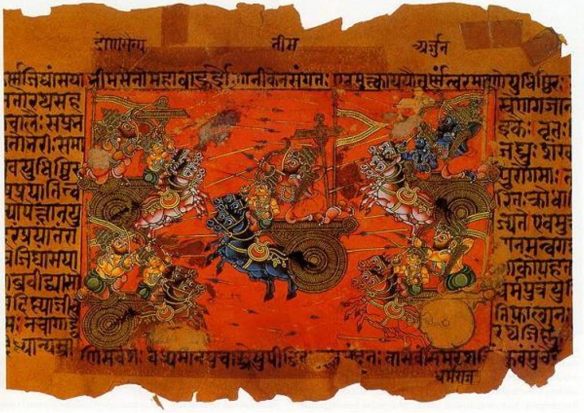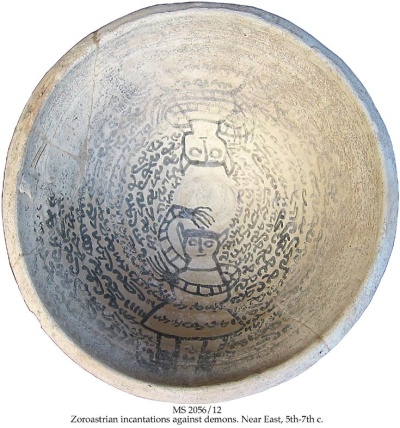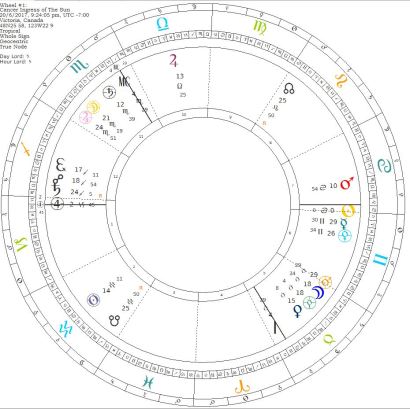I rarely post on ingress charts other than the four cardinal Ingresses – the solstice and equinox events. Bot this is no ordinary year, by anyone’s standards and I’m there for watching the unfolding patterns that precede the Great Conjunction of Saturn and Jupiter in Aquarius, an event that will have repercussions not only until the next Great Conjunction but also for the next two hundred years. The shift is from the Earth to the Air Triplicity. I have elaborated on this elsewhere.
The chart is drawn up for Greenwich BST + 1. I will not, therefore, be referring to the house placements, as these will change from zone to zone I would focus on the salient dynamic of the event as they will be most relevant to the larger view. Primarily, I’m looking at the relationships of the chart as a whole to the Saturn and Jupiter conjunction and the role of Mars.
Notably, the Sun enters Virgo in the Decan and the Bounds of Mars and with Regulus (00. Vir. 06′ 21″). Mercury is in the Decan of Mercury and within the Bounds of the Sun. Mercury id the Lord of the Geniture. Mercury in Virgo is Hermes in his sign of Exaltation and Domicile.
Mars is in the decan of and the Bounds of Saturn and Decan of Venus, separating from a square to Jupiter and applying to a square with Saturn, which in turn is in the Bounds of Mars and the Decan of the Sun.
The Moon is in the 16th Lunar Mansion at 18 LI 44′ 11″ in the Tropical zodiac. The Mansion begins at 12 LI 51′ 22″ and ends at 25 LI 42′ 51″ Th Arabic name is Al Jubana, the Scorpion’s Claw. Ibn ‘Arabi (1200 AD) attributes this Mansion to The Sixth Heaven, the Sphere of Mercury, the Abode of ‘Isa (Jesus).
The principal stars are Zuban Elgenubi, which Claudius Ptolemy tell sus is on the nature of Saturn and Mars – and Zuben Eschemali is Jupiter and Mercury. of the nature of Jupiter and Mercury.
Most crucially, in this particular configuration, the Moon on the MC is in the Exaltation and Decan of Saturn, It is at these levels that the chart discloses a more sombre, dare I say ‘heavier’ than what a cursory reading may easily miss.
She is in the second Pada of Nakshatra Swathi – the Lord of this Nakshatra is Rahu and the Pada is that of Saturn.
The most intriguing theme is the Mars and Saturn signatures repeated throughout the geniture. This illustrates the ongoing pattern of strife we have seen throughout 2020 as we look forward to the Winter Solstice and the Great Conjunction.
We should not miss the extraordinary power of the Virgin herself. Her meaning has been horribly diminished and misunderstood, this distortion began in earnest nearly two millennia ago in the Christian West. although has survived in Paganism. Hinduism and other religious and philosophical traditions. Monica Sjoo writes:
“Ancient moon priestesses were called virgins. ‘Virgin’ meant not married, not belong to a man – a woman who was ‘one-in-herself’. The very word derives from a Latin root meaning strength, force, skill; and was later applied to men: virile. Ishtar, Diana, Astarte, Isis were all called virgin, which did not refer to sexual chastity, but sexual independence. And all great culture heroes of the past…, mythic or historic, were said to be born of virgin mothers: Marduk, Gilgamesh, Buddha, Osiris, Dionysus, Genghis Khan, Jesus – they were all affirmed as sons of the Great Mother, of the Original One, their worldly power deriving from her. When the Hebrews used the word, and in the original Aramaic, it meant ‘maiden’ or ‘young woman’, with no connotations to sexual chastity. But later Christian translators could not conceive of the ‘Virgin Mary’ as a woman of independent sexuality, needless to say; they distorted the meaning into sexually pure, chaste, never touched. When Joan of Arc, with her witch coven associations, was called La Pucelle – ‘the Maiden,’ ‘the Virgin’ – the word retained some of its original pagan sense of a strong and independent woman. The Moon Goddess was worshipped in orgiastic rites, being the divinity of matriarchal women free to take as many lovers as they choose. Women could ‘surrender’ themselves to the Goddess by making love to a stranger in her temple.” (The Great Cosmic Mother: Rediscovering the Religion of the Earth by Monica Sjoo. Harper Books.)

Ancient Akkadian cylinder seal depicting the goddess Inanna resting her foot on the back of a lion while Ninshubur stands in . front of her paying obeisance, c. 2334-2154 BC (Wiki Commons.)
I believe that Sjoo has overstated the case, only insofar as she has implicitly downplayed the Mother’s necessary and obvious relationship with men in the act of procreation, but her book is decidedly within the tradition of feminist writers in the 1980s. We understand that this sensibility and means of presentation were necessary and that this by no means undermines her salient points. The power of the Virgin, as she recites, is indeed great and all to often ignored and devalued – one might even say taken for granted.
In this ingress, we see her with Regulus, of the nature of Mars and Jupiter and Guardian of the North. Due to precession, Regulus has entered Tropical Virgo. Powerful Indian goddesses are often accompanied by Lions.
Regulus is highly auspicious. The star brings great success if revenge is avoided. This is, of course, a great challenge. Still, there is a gentleness in this powerful Heart of the Lion and it comes as no surprise that the healing Angel, Rahapel finds his place here in the North. He is of the nature of Jupiter and Mars may, therefore, be read as Mercy and Severity, the essential symbols of the Pharaohs as rulers were the crook (heka) and the flail or flabellum (nekhakha). A good King needs to know when to use one or the other for the sake of the Kingdom. In this case, we have a wise Virgin empowered amongst many elements of discord. She meets them opposing energy that seeks healing, assisted by Venus in the Moon’s domicile of Cancer. The interplay of Masculine and feminine energies in this geniture is not to be missed.
Recently, someone referred (not disparagingly) to my “dystopian views,” particularly in relation to The Novus Ordo Saeculorum, the New Order of the Ages – simply referred to as “New Age” by modern astrologers. For the record, my view is virtually identical to that of the late Robert Zoller, who wrote:
“The Novus Ordo Saeculorum, the New Order of the Ages, will rule through the power of life and death (Scorpio, which is on the 10th), through behaviour modification, cloning, genetic engineering, mind control and the occult. Might makes right in this New Age. If the preceding Age produced metaphysical materialists, who duped the people through the opiate of religion, the New Age will produce materialist metaphysicians who will make the preceding political power elites look like inept apprentices.
In the Age of Aquarius, religion will be humanistic love of fairness and justice. While feeding the people with Libran platitudes, the Scorpionic rulers will work tirelessly toward the realization of their goal – absolute power over others, as Leo is seen in position on the 7th house. The will of the people will be towards freedom of expression (Aquarius), and they will be encouraged to do their own thing so that they keep their minds off what their rulers do.”
Where I depart from Zoller is in my conclusions as to what the human spirit is capable of apropos of the dark prediction. My impetus in revealing the nature of the Age is not to instil a sense of despair, fear or apathy. I have refused to present a deceptively pollyanna picture of a seriously challenging time, one in which our very humanity is being undermined at every turn. The antidote to this is not blissful ignorance, but rather a fearless and realistic estimation of the forces at play. The solution is a focussed, grounded and informed consciousness. If one has cancer, pretending it isn’t there is foolishness. Foreknowledge is power and empowers us further by affording us a chance to employ wise remedies to the ailments of the spiritual, mental and physical body and ultimately to the Earth and the web of life itself.
We live in a time of extraordinary consequence. The choices we make in the next few years may very well make the difference between thriving or perishing, not only for human beings but for all of the natural worlds in it’s myriad of dimensions.
Because this article is written as part of a series related to the march towards the Solstice, it is best read in concert with the previous entries in this series.,




































